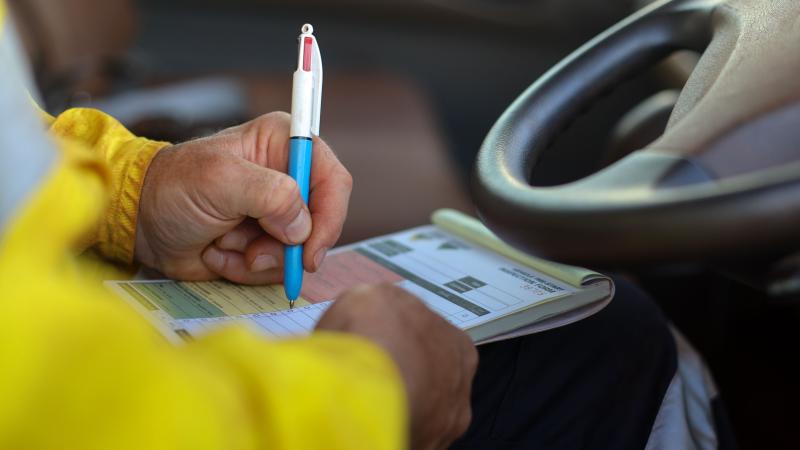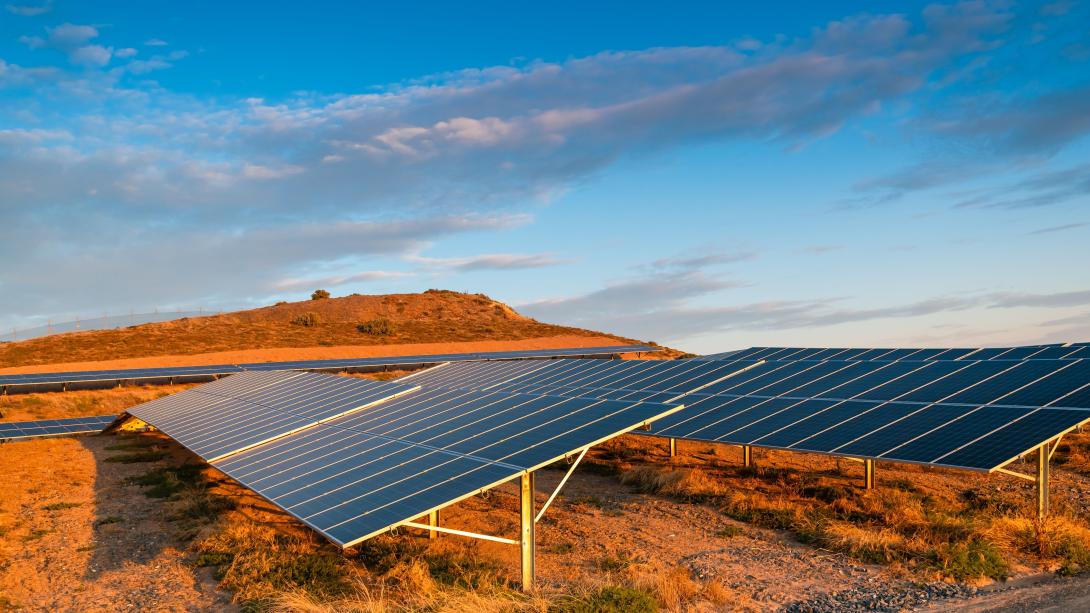What is the Renewable Electricity Guarantee of Origin?
The Renewable Electricity Guarantee of Origin (REGO) is part of the Guarantee of Origin Scheme. The REGO tracks and verifies the origin of renewable electricity through digital certificates.
Under the REGO, organisations can trade REGO certificates in the market or retire them as evidence of renewable electricity use. This provides transparency and confidence in the Australian renewable energy sector, both domestically and internationally.
The REGO builds on the large-scale generation certificate (LGC) framework and will continue after 2030 when the Renewable Energy Target ends.
How to participate in the REGO
Find out the steps you need to take to participate in the REGO.
REGO certificates
Why participate?
The REGO allows renewable energy facilities to:
- prove how and when renewable electricity was generated
- reach their own environmental or sustainability goals
- sell or transfer certificates
- use REGO certificates to lower the electricity-related emissions reported on Product Guarantee of Origin certificates, the National Greenhouse and Energy Reporting Scheme or other market-based emissions accounting frameworks.
REGO certificates give consumers confidence that the electricity they use comes from renewable sources.
Stay up to date
Sign up to get the latest updates about the REGO.

How it works
Owners or operators of renewable energy facilities can create REGO certificates for the electricity they generate or store and dispatch. REGO certificates are digital certificates that we issue and equal one megawatt-hour (MWh) of renewable electricity generated or dispatched.
The certificates state the source of the renewable electricity and when the electricity was generated or dispatched. Certificates can be transferred or retired to meet renewable electricity targets.
Who can participate
Owners or operators of eligible facilities can apply to participate in the REGO as a registered person. Eligible facilities include renewable electricity generation facilities and energy storage facilities.
Need help applying?
We’re here to support you through the process and help you understand the requirements. For support, follow our steps to participate or email us at rego-assessments@cer.gov.au.
REGO and the Large-scale Renewable Energy Target
The REGO will build on the strengths of the Large-scale Renewable Energy Target (LRET) with some differences.
REGO and LRET overlap
The Renewable Energy Target (including the LRET) will end on 31 December 2030. The REGO will continue indefinitely.
Your facility can be registered in both schemes at once. But you can’t create large-scale generation certificates (LGCs) and REGO certificates for the same generated electricity. Similarly, you can’t create international renewable energy certificates (I-RECs) for the same electricity that you use to create either REGOs or LGCs.
Certificate creation frequency
In the LRET, LGCs are created based on electricity generation over a year. They can be created for every month in that year.
In the REGO, facility owners or operators can choose the length of time interval (also referred to as the time period) they will create certificates for when they register their facility. Certificates created by the facility will be timestamped with the hour in which the electricity is generated or dispatched – unless a longer time interval is chosen.
Energy storage systems
In the REGO, certificates can also be created for electricity stored and dispatched by an energy storage system.
Facilities can be electricity generation systems, energy storage systems or a combination of systems, referred to as an aggregated system (e.g. multiple generation systems, multiple storage systems, or a mix of both).
Baselines
In the LRET, LGCs can only be created if a power station has met its baseline for the year. These baselines are calculated as the annual amount of electricity generated by a power station before 1 January 1997.
In the REGO, a legacy baseline will be applied to facilities that operated before 1 January 1997 and will apply until the end of 2030. REGO certificates can be created if a facility is below its legacy baseline, but they will be labelled as ‘below-baseline certificates’. Below-baseline certificates have restrictions on what they can be retired for.
Once the legacy baseline is met in a given year, any REGO certificates we issue after that point during the same year won’t be labelled as below-baseline certificates.
Key terminology differences
Some terms used in the REGO are different to those used in the LRET. Use the table to see how they compare.
| REGO term | LRET term | What it means |
|---|---|---|
| Eligible registered person | Nominated person | The entity that is responsible for a facility (REGO) or power station (LRET) |
| Facility or registered facility | Power station | The system that generates or stores renewable electricity |
| Renewable Electricity Guarantee of Origin certificates | Large-scale generation certificates | The certificate we issue for renewable electricity:
|
| Transfer | Trade | Two registered parties agree to sell and buy or change the ownership of a certificate |
| Retire | Surrender | Removing certificates permanently from the market as evidence of renewable electricity use. This could be part of an obligation or a voluntary renewable electricity use |
| Online Services | REC Registry | Where participants enrol, apply to register facilities and create certificates |
| GO Register | Public register | The register that publicly displays details of registered persons, certificates, and facilities or power stations |
| Rules, measurement standard and regulations | Regulations | Supporting legislation participants must follow |
Our role
We administer the REGO by:
- assessing and approving facilities and registered person applications
- registering REGO certificates
- ensuring scheme compliance
- providing a platform for certificate transfer and retirement.
The Department of Climate Change, Energy, the Environment and Water oversees the policy of the GO Scheme. Visit the department’s website for more information about the GO Scheme.
Legislative framework
- Future Made in Australia (Guarantee of Origin) Act 2024
- Future Made in Australia (Guarantee of Origin Charges) Act 2024
- Future Made in Australia (Consequential Amendments and Transitional Provisions) Act 2024
- Future Made in Australia (Guarantee of Origin) Rules 2025
- Future Made in Australia (Guarantee of Origin Charges) Regulations 2025
- Future Made in Australia (Guarantee of Origin) Measurement Standard 2025

